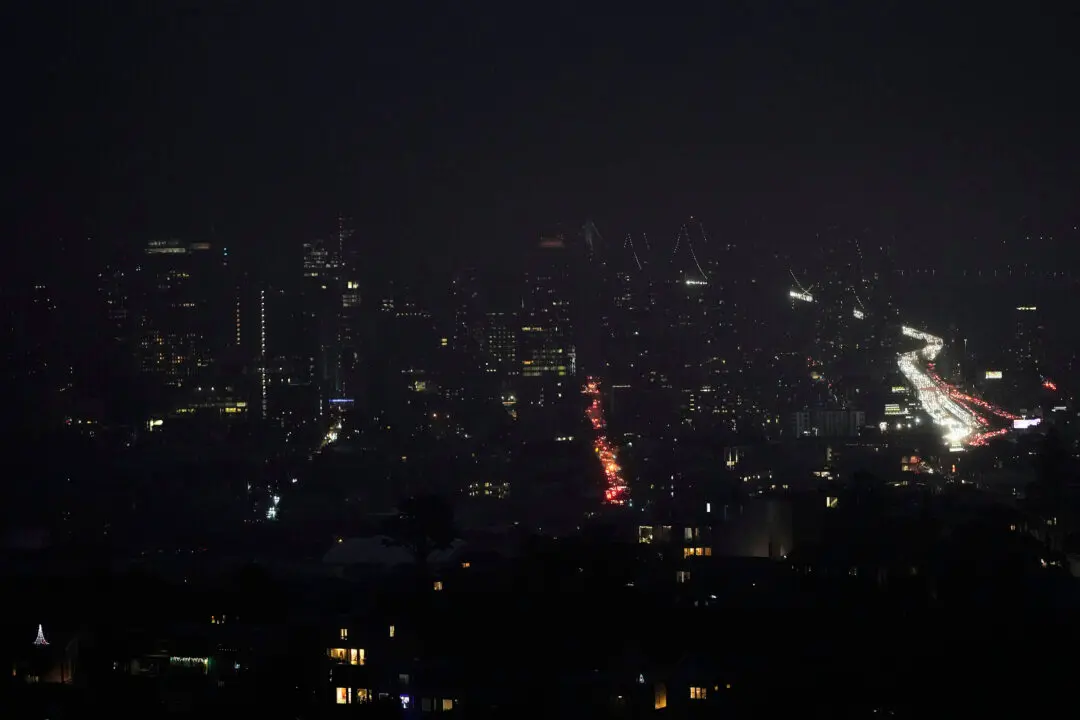LAKE ARTHUR—Hurricane Laura pounded the Gulf Coast for hours with ferocious wind, torrential rains and rising seawater as it roared ashore over southwestern Louisiana near the Texas border early Thursday, threatening the lives of people who didn’t evacuate.
Authorities had ordered coastal residents to get out, but not everyone did in an area that was devastated by Rita in 2005.





